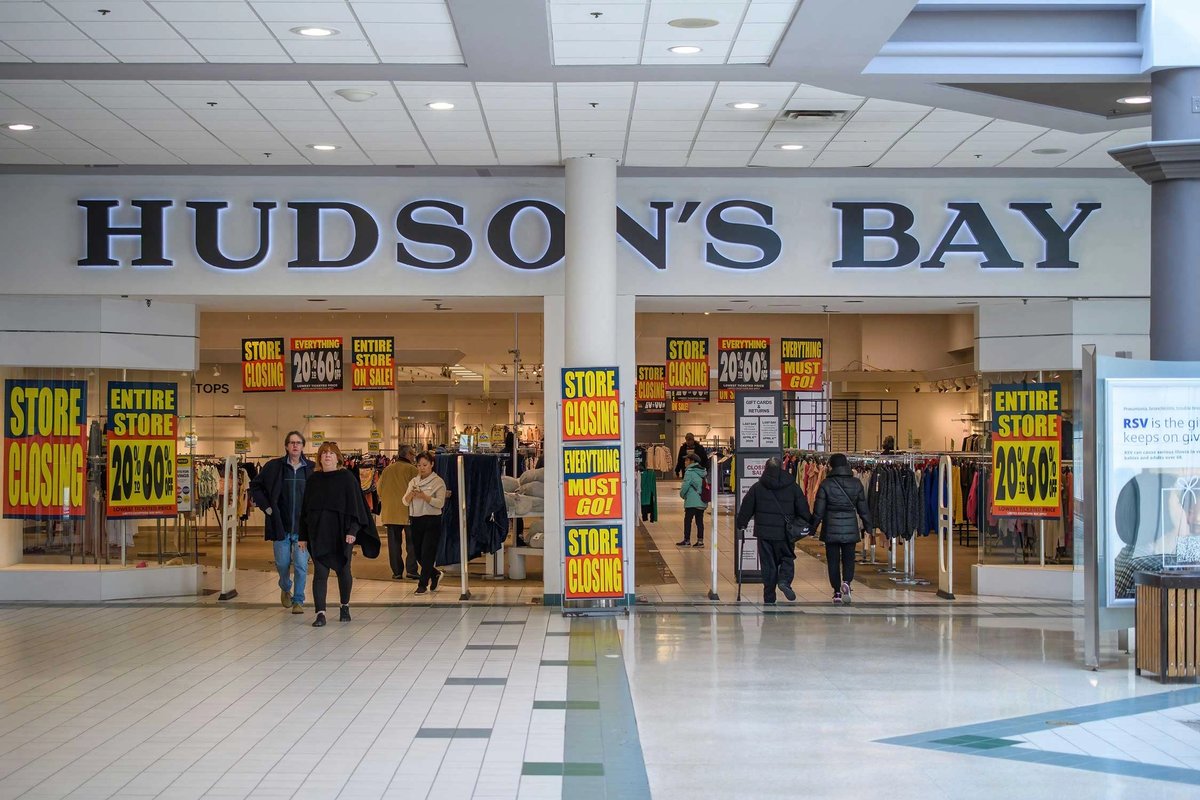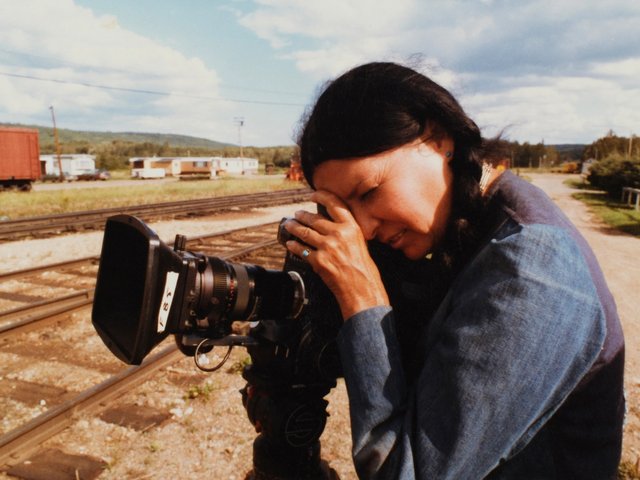A massive private collection of art and historical artefacts is about to hit the auction block in Canada, leading some academics and representatives of Indigenous communities to call on the federal government to intervene and prevent the sale.
Now a well-known department store chain, Hudson’s Bay Company (HBC) was created in 1670 to exploit the fur trade in the vast Canadian hinterland. For centuries, it operated a network of forts and trading posts across much of North America and bore a wide variety of colonial responsibilities before Canada became an independent nation. In March, it announced it was bankrupt and seeking creditor protection.
Given its historical wealth and considerable role in colonising Canada, HBC amassed a massive collection of around 1,700 works of art and 2,700 artefacts over its corporate lifetime. In April, the judge overseeing its bankruptcy ruled it was “reasonable” for HBC to proceed with an auction of these items. The Assembly of Manitoba Chiefs (AMC)—the authorised representative of all 63 First Nations in the province of Manitoba and their 172,000 citizens—opposes the sell-off, and other Indigenous groups and academics have expressed concern.
“The Hudson’s Bay Company matters to Canada’s past and to many of its present debates because the enterprise sat at the crossroads of almost every major current that formed the country: economy, geography, politics, Indigenous relations and national identity,” says Norman Vorano, an associate professor of art history at Queen’s University in Kingston, Ontario.
He adds that HBC dominated Canada’s largest historical industry—the fur trade—for two centuries and was the de facto government over four million square kilometres. It was responsible for establishing relationships with numerous Indigenous communities before selling its territory—known as Rupert’s Land—to the Dominion of Canada in 1869, essentially doubling Canada’s size.
“Keeping related records and artefacts together is generally seen, from an archival, historical or research perspective, as conducive to developing more holistic knowledge about both records and artefacts, since both are often cross-referenced,” Vorano says. “Artefacts gain meaning through associated records. Ditto the reverse. Objects without associated documentation lose cultural value.”
A spokesperson for the Department of Canadian Heritage has confirmed it has reviewed a catalogue of items in the HBC collection, signing a non-disclosure agreement to access it.
“Canada’s national museums, with the relevant collecting mandates, and Library and Archives Canada are examining the information available on the art and artefacts in the [HBC] collection,” says Ines Akué, the media relations team leader with Canadian Heritage, the body that administers the Cultural Property Export and Import Act, which aims to retain significant cultural property in Canada. According to Canadian Heritage spokesperson David Larose, “the act sets out an export permit process that creates the opportunity for public institutions to acquire objects which may otherwise leave Canada”. Neither Akué nor Larose would confirm whether the HBC catalogue will ever be made public.
In 1994, HBC donated its archives to the archives of Manitoba, and they were later added to Unesco’s Memory of the World Register. The collection includes around 130,000 photographs, as well as cartographic records, motion pictures and audio recordings, architectural drawings and corporate records.
“If the collection is remotely like the HBC records at the Manitoba archives, exporting them would be injurious to the public interest since they would surely meet the criteria of outstanding significance and national importance,” Vorano says.
Grand Chief Kyra Wilson of the AMC has formally requested halting the sale or transfer of artefacts that could be linked or belong to First Nations, as well as making public the catalogue of items up for auction.
“The HBC’s legacy is inseparable from the post-contact history of the original peoples on this land,” she says. “These artefacts are not simply ‘valuable assets’ or one-of-a-kind collectibles but pieces of living history, some of which may be sacred, stolen from First Nations or properly First Nations-owned.”
Little is known about the contents of the collection, although the Canadian Press news agency has reported an anonymous source confirming it contains art dating back to 1650.
The collection includes ‘point blankets’, which were traded to Indigenous communities and feature HBC’s distinctive four-colour stripe design. Point blankets were highly prized gifts or ceremonial objects while also representing colonial expansion, economic exploitation and the sickness that came with trade and which ultimately led to the near-total destruction of Indigenous communities in Canada.
While Vorano says he does not believe any HBC records of historical value will be lost or destroyed, he questions whether the items in the art and artefact collection were fully catalogued before the company declared bankruptcy and whether any were sold before the liquidation proceedings. It is also unclear whether Canadian institutions, such as the Canadian Museum of History or the National Gallery of Canada, have the means to acquire parts of the collection or would be given right of first refusal.
“The HBC has had a very complex and evolving relationship with many Indigenous communities, and no doubt the collection includes many trade goods, intercultural gifts and keepsakes,” Vorano says. “It probably includes ceremonial goods because ceremony was part of trading relationships between HBC and Indigenous traders, particularly from the 17th to the 19th centuries.
“I don’t think the HBC was ever in the business of digging up graves or stealing outright from Indigenous groups, since, among other things, it would have been highly detrimental to its business interests. But we’ll have to wait and see what’s in the inventory.”





